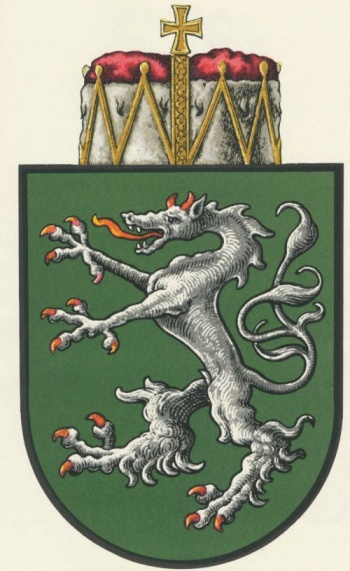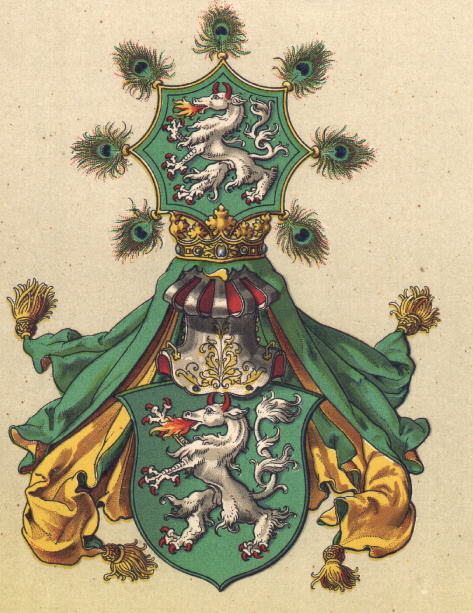Steiermark: Difference between revisions
Knorrepoes (talk | contribs) m (Text replace - "[[Literature" to "{{media}} [[Literature") |
Knorrepoes (talk | contribs) m (Text replace - "Austria - Österreichische Gemeindewappen" to "Austria - Österreichische Gemeindewappen") |
||
| Line 1: | Line 1: | ||
{|width="100%" style="color:black; background-color:#ffffcc;" | {|width="100%" style="color:black; background-color:#ffffcc;" | ||
|width="15%"|[[File:Austria.jpg|50 px|left]] | |width="15%"|[[File:Austria.jpg|50 px|left]] | ||
|width="70%" align="center" |'''Heraldry of the World<br>Civic heraldry of [[Austria]] - [[ | |width="70%" align="center" |'''Heraldry of the World<br>Civic heraldry of [[Austria]] - [[Österreichische Gemeindewappen]]''' | ||
|width="15%"|[[File:Austria.jpg|50 px|right]] | |width="15%"|[[File:Austria.jpg|50 px|right]] | ||
|} | |} | ||
Revision as of 07:06, 3 October 2014
| Heraldry of the World Civic heraldry of Austria - Österreichische Gemeindewappen |
STEIERMARK
Origin/meaning
The arms were officially granted in 1926 and show the historical silver panther on a green field. The hat is the Ducal hat.
Steiermark (Styria) was created in the 11 and 12th centuries and in 1180 it became a Duchy. It was named after its capital, Steyr, now in Oberösterreich. After a short rule by the Bohemian Kings, Steiermark became part of Austria in 1282.
Ever since the area of Steiermark has decreased. Parts now belong to other Austrian states, and in 1919 a large area became part of Yugoslavia (now Slowenia).
The panther first appears as a symbol for Steiermark on a seal from Duke Ottokar III from around 1260. The colours are known from the same time and have not changed since.
The panther is also used by the capital, Graz.
| The arms as used in the 19th century |
Contact and Support
Partners:
Your logo here ?
Contact us
© since 1995, Heraldry of the World, Ralf Hartemink 
Index of the site
Literature : Gall, 1996












